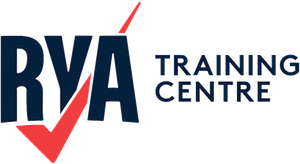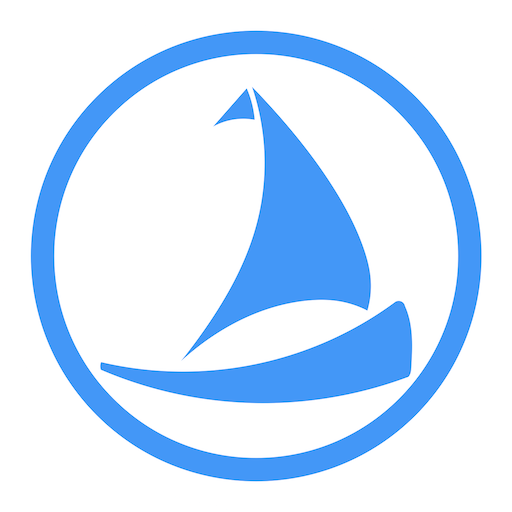Rule 12: Sailing vessels
- When two sailing vessels are approaching one another, so as to involve risk of collision, one of them shall keep out of the way of the other as follows:
- when each has the wind on a different side, the vessel which has the wind on the port side shall keep out of the way of the other;
- when both have the wind on the same side, the vessel which is to windward shall keep out of the way of the vessel which is to leeward;
- if a vessel with the wind on the port side sees a vessel to windward and cannot determine with certainty whether the other vessel has the wind on the port or on the starboard side, she shall keep out of the way of the other.
- For the purposes of this Rule the windward side shall be deemed to be the side opposite to that on which the mainsail is carried or, in the case of a square-rigged vessel, the side opposite to that on which the largest fore-and-aft sail is carried.
What this means:
Rule 12: Sailing vessels – Our plain English guide to help you understand & remember this rule.
When sailing vessels come together, two potential situations need to be resolved: one in which each vessel is on a different tack (its sails are on different sides) and one in which it is on the same tack (its sails are on the same side).
Sailing vessels on different tacks
In many cases, sailing vessels are on different tacks, which means the sails are on different sides of the vessel. In this situation, one vessel is on starboard tack, and the other is on port tack.
Sailing vessels on the same tack
When the two vessels are on the same tack (both have the wind on the same side), the vessel closest to the wind is the give-way vessel.
The rules grant the vessel furthest away from the wind (to leeward) as the stand-on vessel and closest to the wind (to windward) as the give-way vessel.
Ambiguous or unknown situation
Most crossing scenarios are straightforward to resolve. Either the port and starboard rule or the windward boat rule ensures that both parties know their responsibilities.
However, there is one situation in which they don’t work. This particular case is dealt with in Rule 12. (a)(iii). This rule aims to remove uncertainty from a situation when the approaching leeward vessel cannot ascertain the windward vessel’s tack for sure.


